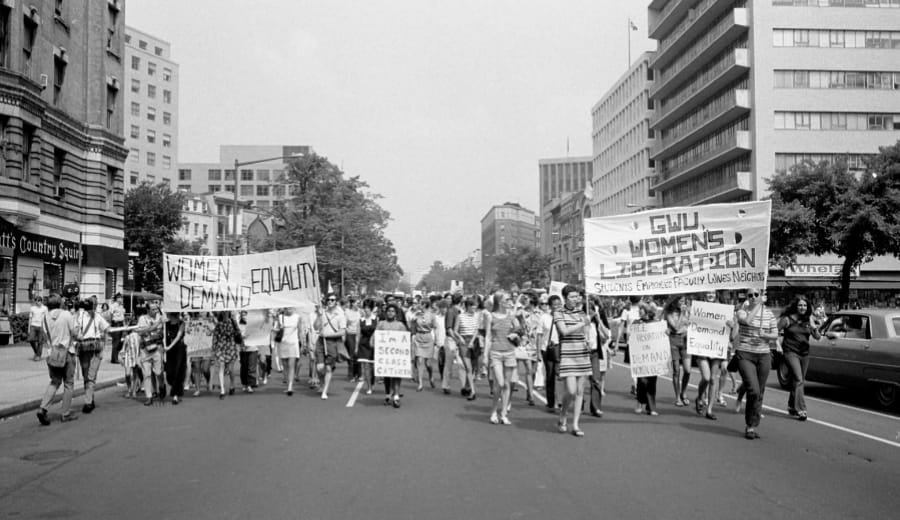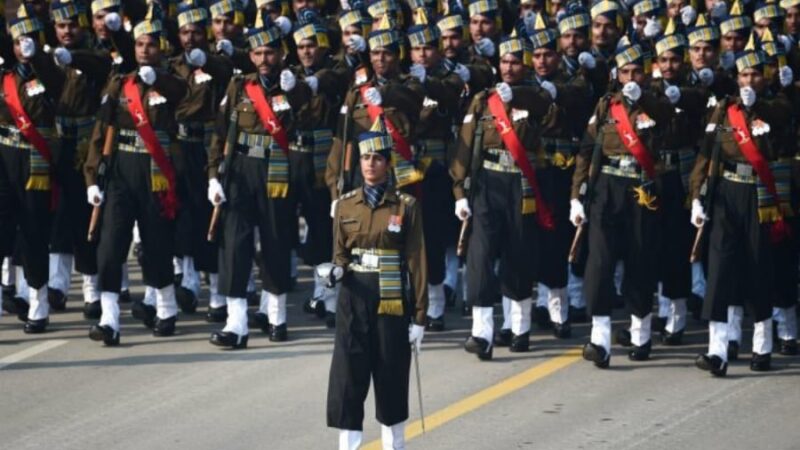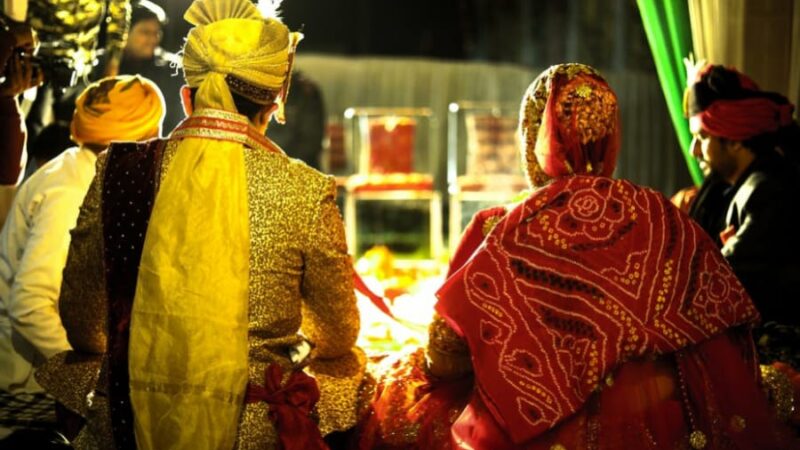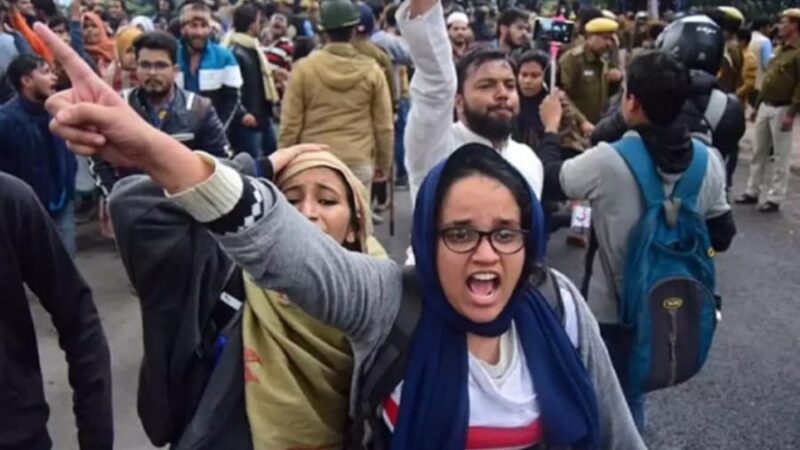History of Women’s Movement

Women do not care for beauty, nor is their attention fixed on age; thinking it is enough that he is a man, they give themselves to the handsome and to the ugly.
Through their passion for men, through their mutable temper, through their natural heartlessness, they become disloyal towards their husbands, however carefully they may be guarded (Manu IX.15)
According to Manuscript women’s essential nature will drive them into seeking satisfaction anywhere, anytime and with anyone, so there is a need to tame them.
History of Women’s MovementThe reason behind quoting Manu here, is to show that how majority of people think about women’s character and this may answer, why women are confined to houses and don’t have the right to decide things for themselves, because according to Manu: by nature, women are sinful and just wants gratification. This kind of thinking and writing perpetuate unjust things against women, on the name of religion or community. The unjust against women is the main reason why women came out and raised their voice against patriarchal oppression and state.
BACKGROUND OF WOMEN’S MOVEMENT
PRE-INDEPENDENCE
The women’s movement in India began as a social reform movement in the nineteenth century. The Western ideas of liberty, equality, and fraternity were being imbibed by the educated elite through the study of English. Issues like abolition of sati pratha, untouchability and widowhood etc. such were being raised but these issues didn’t mark the starting of women movement, rather they acted as a stepping stone for future women movement.
DURING INDEPENDENCE
The partition was a shock for everyone including men and women but the most shocking development was that, people were killing each other on the name of religion. At this time men and women both were being killed but partition marked a mental and physical trauma for many women, as they were abducted and raped by men overall the country.
AFTER INDEPENDENCE
The women were given equal rights as promised in the speech Tryst with destiny, delivered by Pt. Jawaharlal Nehru, first prime minister of India. “It means the ending of poverty and ignorance and inequality in opportunity” (paragraph 6, last line). Such promises made by congress government made the women assured and women movement was seen as they had faith and hoped for change, but after waiting for nearly 20 year (1950s-1960s), women took the charge and protested but the issues they raised, were explicitly not related to all the women whereas the actual issues concerning the women were the by-product of these protests.
Action taken from 1970s
The context (1970s) behind the development of movements and protest was that the Indian left fractured and some fractions started to questions their analysis. In this period many movements took place such as Shahada movement in early 1970’s by Bhil tribal. The trigger for this movement was poverty, alienation and extortionate money lending charges which contributed to rising militancy and women were more active in this movement. Later on Bhil women took direct action on specific issues such as physical violence associated with alcoholism.
In Gujarat (1972), in Ahmedabad, Ela bhatt with SEWA (self-employed women’s association) raised the issue of extremely low earning, harassment from those in power etc. In early 1970s, conditions of drought and famine led to a sharp rise in prices of goods, this issue concerned women and they organised a protest against it. Both rural and urban women came together to support this cause and this became a mass movement for consumer protection. This movement spread to Gujrat as the Nav Nirman movement of 1974.
Then again Maoist women raise an issue which stressed the existence of gender oppression and organised women against it.
The Indian women’s movement got encouraged by the globally taken positive steps for women’s upliftment. As when united nation declared 1975 as international women’s year which provided a focus for activities centring women.
In 1975, Maharashtra, the issue of devadasis (temple prostitute) and Dalits was raised. An interesting connection between the anti-caste Dalit movement and feminism was made during this period.
But an invisible halt in the form of emergency in 1975, stopped the movements for the time being.
After the lifting of emergency, the women’s group declared themselves a feminist. The urban educated middle class influenced the feminist movement in late 1970s.
In this period the movement against Dowry was launched because women faced a lot of violence especially in form of murder and abetment to suicide. The case of Tarvinder kaur, death due to issue of dowry related harassment. On 1st June 1979, a movement was organised by Shri-Sangharsh by keeping dowry related issues at the centre. This movement was successful and led to legal changes.
The 2nd issue raised by feminist was agitation against rape: the campaign began due to frequency of police rape. For e.g. Mathura case, a 16 or 17-year-old girl was raped by local policemen and when they were presented in court, their defence argument was: Mathura had a boyfriend and thus women of loose character, so the act couldn’t be defined as Rape. The court accepted this argument but later on an open letter was circulated against this decision of Supreme Court. This led to protest in different part of the country. Many feminists came together against it.
Other cases: Maya Tyagi, Suman rani and Rameeza bee: the core defence argument: the character of the woman was loose.
Challenges faced by feminists
In 1982-83; Pro-sati procession, a protest was launched with wanted to revive sati and they quoted feminists and advocate that women should be allowed to do what they want, so now revival of sati is what they want, now let it happen.
Another challenge: Shah Bano case: 1985, in which a Muslim woman demanded the right to maintenance after divorce and Supreme Court approved of this under section 125 but after widespread protests against this decision, a bill was passed by congress to amend section 125 of the law and exclude Muslim women from purview of this. At this time Babri masjid issue was hot and Shah Bano case was linked to it.
For the first time feminists saw that how women’s right and religion interact and the supremacy is given to religion rather than the half of the population which consist of females.
———–
ABOUT THE AUTHOR: This article is written by Prakriti Pandia, our intern.






